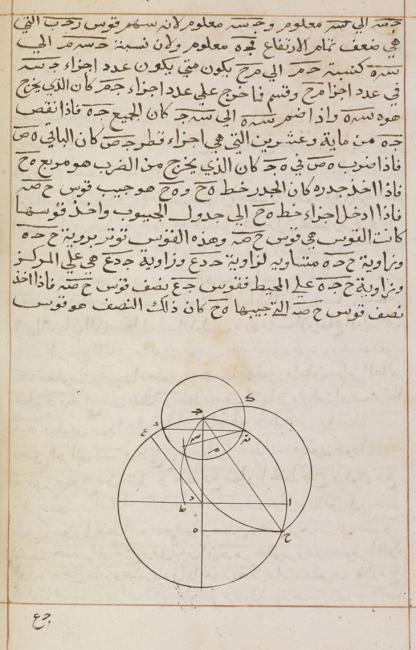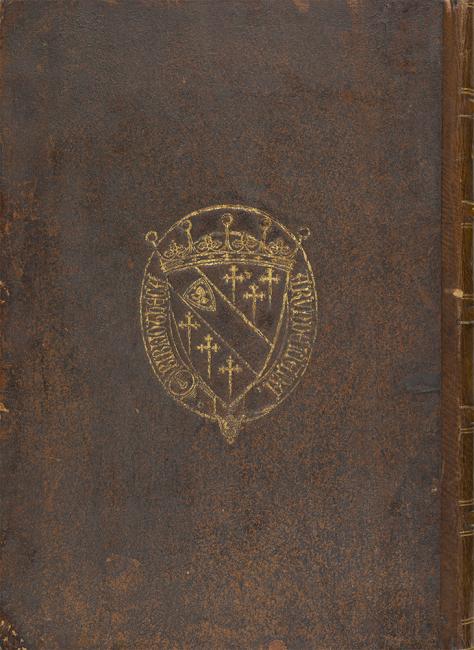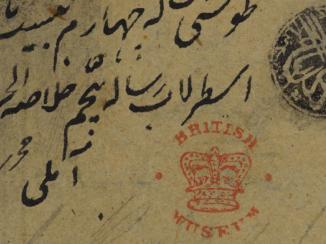Overview
The British Library is a relatively new library, only emerging as a distinct organisation in 1973. However, the collections it incorporates are far older, so how did this national institution come into being?
The Creation of the British Library
The British Library was created under the 1972 British Library Act, which brought several disparate libraries together under one administrative body. The largest and most renowned component of this new library was the library of the British Museum, which was founded along with the museum itself through the creation of the Department of Printed Books in 1753.
In the two hundred and twenty years since its foundation, this library had become one of the largest and most comprehensive libraries in the world. It contained not only books but also manuscripts, periodicals, newspapers, printed music, archival documents, paintings, photographs, stamps, maps and other miscellanea. Whilst the bulk of recent material had been obtained through legal deposit, earlier substantial acquisitions were in the form of purchases and donations.
The Foundation Collections: Cotton, Harley and Sloane
The British Museum Library was founded from three outstanding and important collections. In 1602, Sir Robert Cotton made the first serious petition to Elizabeth I for the foundation of a national library; the Queen was indifferent and he was unsuccessful. Cotton’s own substantial and impressive library, together with that bequeathed to him by Arthur Edwards, passed to his descendants, who made it the property of the nation in 1700.
In 1704, the private library of Simonds D’Ewes (a friend of Cotton’s) was purchased by Sir Robert Harley, who subsequently added collections to its archive. The Harley Collection, by then comprising some half a million items, was inherited and augmented by his son after 1724. Later, sadly, it was dispersed, with the majority of items sold following his death in 1741. Those items that remained in the family were sold to the nation in 1753 and thus formed the second part of what was to eventually become the British Library.

The third foundation collection came from the library of Sir Hans Sloane, who also died in 1753. A physician and collector, Sloane owned a private museum of antiquities, manuscripts – including approximately one hundred and twenty in Arabic – and botanical specimens. His will stated that his collection should be acquired (i.e. purchased) by the state and made accessible to all. In his book on the British Library, Michael Leapman states that the reigning monarch, Charles II, was ‘as resistant to the idea of a national museum and library as Elizabeth had been 150 years earlier – but this time Parliament stepped in…’. The Sloane, Cotton and Harley collections were thus joined together, and the British Museum was born. It first opened to the public at its present site of Montagu House in 1759.
The Growth of the British Museum Library
Other libraries and private collections soon followed. The Royal Library (also known as the Old Royal Library, founded by Edward IV around 1471) was presented to the British Museum by King George II in 1757. This was followed sixty-six years later by the King’s Library, assembled by George III and given to the nation by George IV in 1823. Another important collection, the Arundel Manuscripts (once part of a far greater collection of antiquities), were sold to the Museum by the Royal Society in 1831–2.

From 1851 onwards, under the governance of Antonio Panizzi (who became one of the Library’s most influential librarians), the Copyright Act of 1814 whereby a copy of every publication printed in England had to be donated to the British Museum – was strongly enforced. New acquisitions began to arrive in their thousands and have continued to do so ever since.
One British Library
As well as the British Museum Library, other original components of the new British Library included the Patent Office Library (created in 1851 and after 1962 known as the National Library of Science and Invention), the National Central Library (founded in 1916), and the National Lending Library for Science and Technology (founded in Boston Spa in 1961). Additional libraries were added later: the British National Bibliography, and the Office for Scientific and Technical Information (1974), the India Office The department of the British Government to which the Government of India reported between 1858 and 1947. The successor to the Court of Directors. Library and Records (1982), and the British Institute of Recorded Sound (1983).
![An Example from the India Office Archives: Letter from Eusef Ben Beder [Yusuf bin Bedr], Koweit [Kuwait] to Lieutenant Colonel Lewis Pelly, HBM's Political Resident. Mss Eur F126/56, f. 15](https://www.qdl.qa/sites/default/files/styles/standard_content_image/public/mss-eur-f126_56_0029_web.jpg?itok=cp2KhYMj)
The India Office The department of the British Government to which the Government of India reported between 1858 and 1947. The successor to the Court of Directors. Library contained a substantial number of Arabic manuscripts which now form a core of the British Library’s Arabic collections, whilst the Records are the repository of the archives of the East India Company (1600–1858), the Board of Control Formally known as the Board of Commissioners for the Affairs of India, it was established by an Act of Parliament in 1784 to supervise the activities of the East India Company. or Board of Commissioners for the Affairs of India (1784–1858), the India Office The department of the British Government to which the Government of India reported between 1858 and 1947. The successor to the Court of Directors. (1858–1947), and a number of related British agencies overseas, including those in the Gulf region. These archives, which include maps, photographs, printed materials and the papers of private individuals, occupy approximately nine miles (fourteen kilometers) of shelving and represent over three hundred and fifty years of British colonial governance abroad.
The British Library continues to receive a copy of every publication produced in the UK and Ireland. It holds a vast array of items in most known languages, dating back some three thousand years. The original collections are now dwarfed as it is added to at the rate of around three million items per year.


